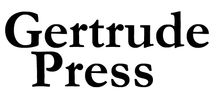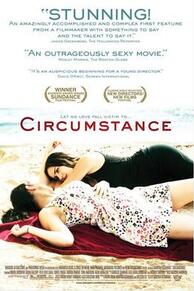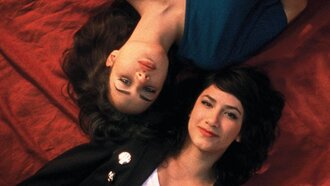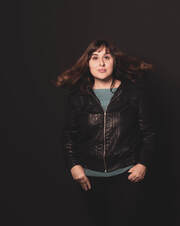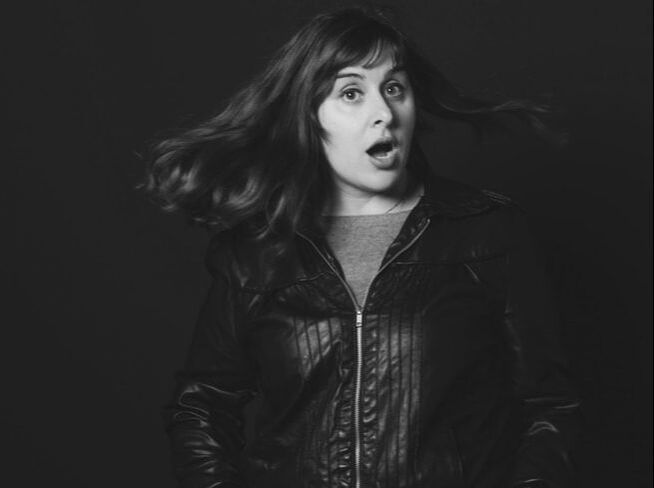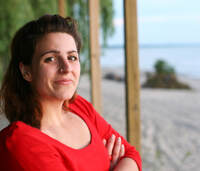LINEAGE:
Maryam Keshavarzwith Rachel Yezbick
|
So, 9/11 happened and my wife at the time was a photographer and cinematographer. And as a response to what was happening, I had been taking some film classes at City College, and I thought, 'You know what, I really want to make this film.' |
